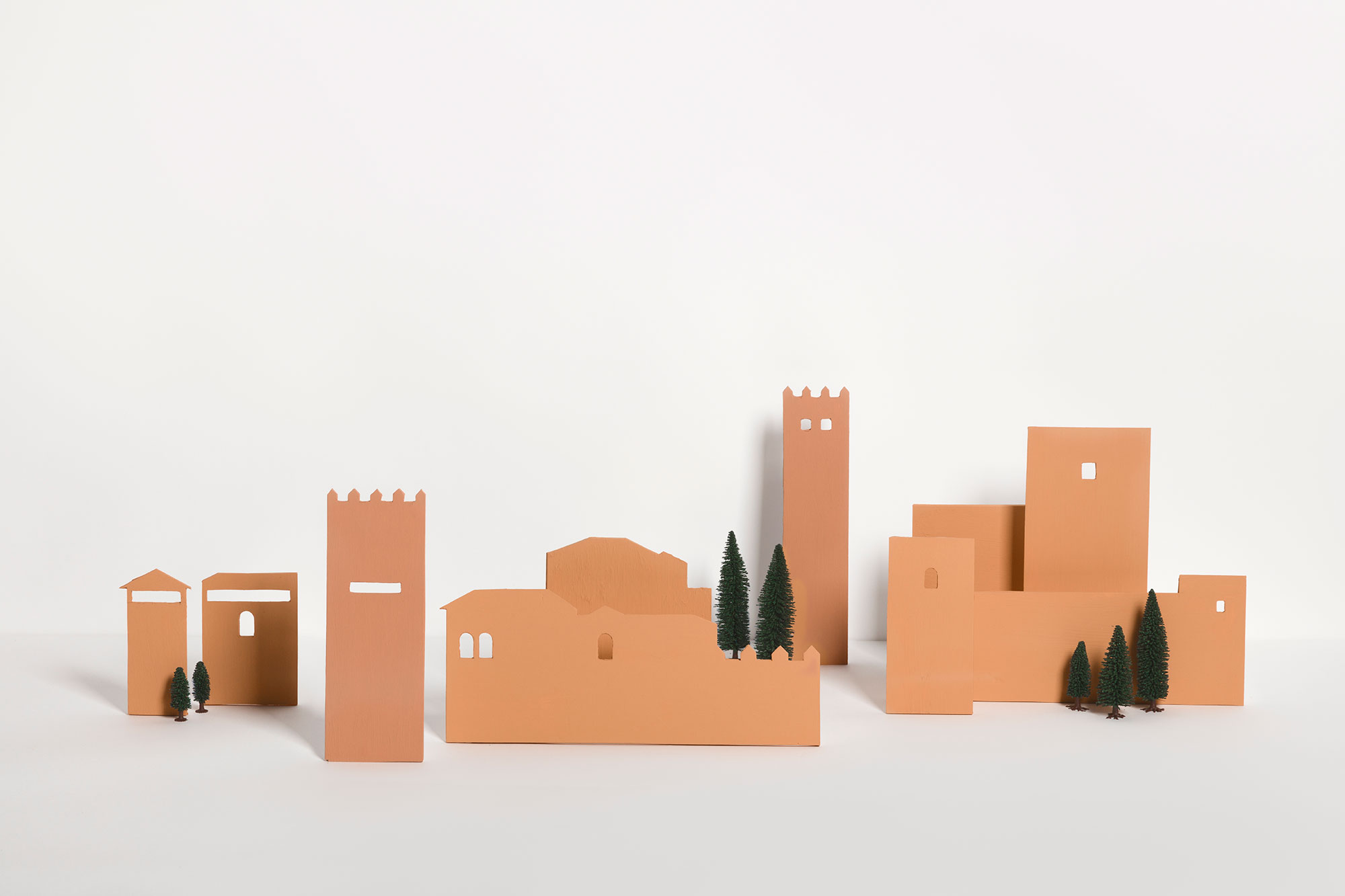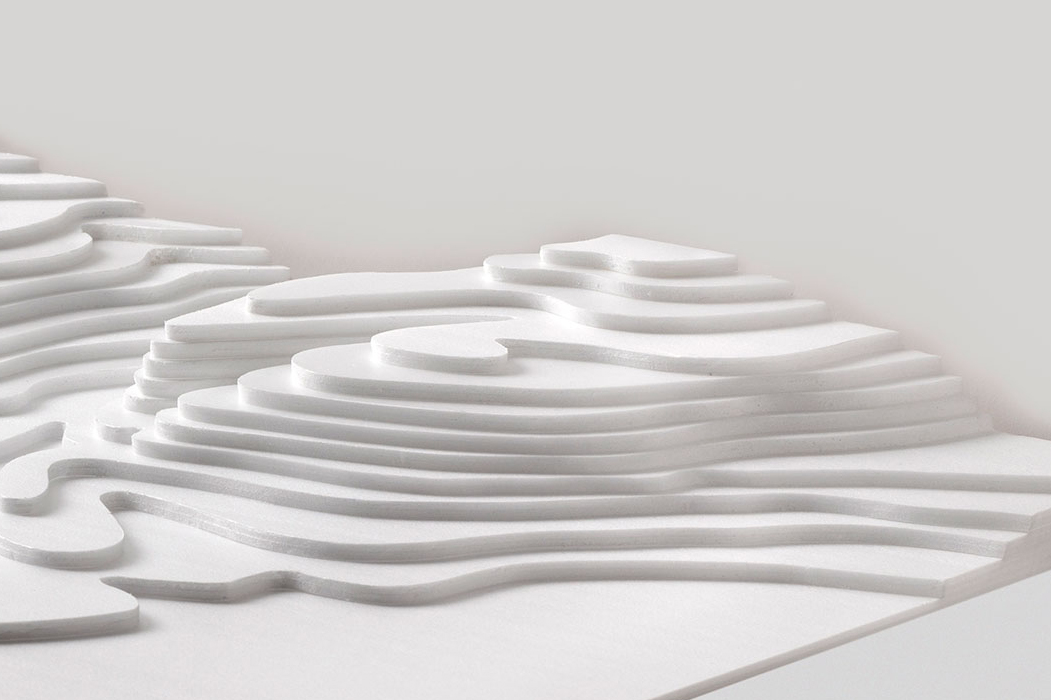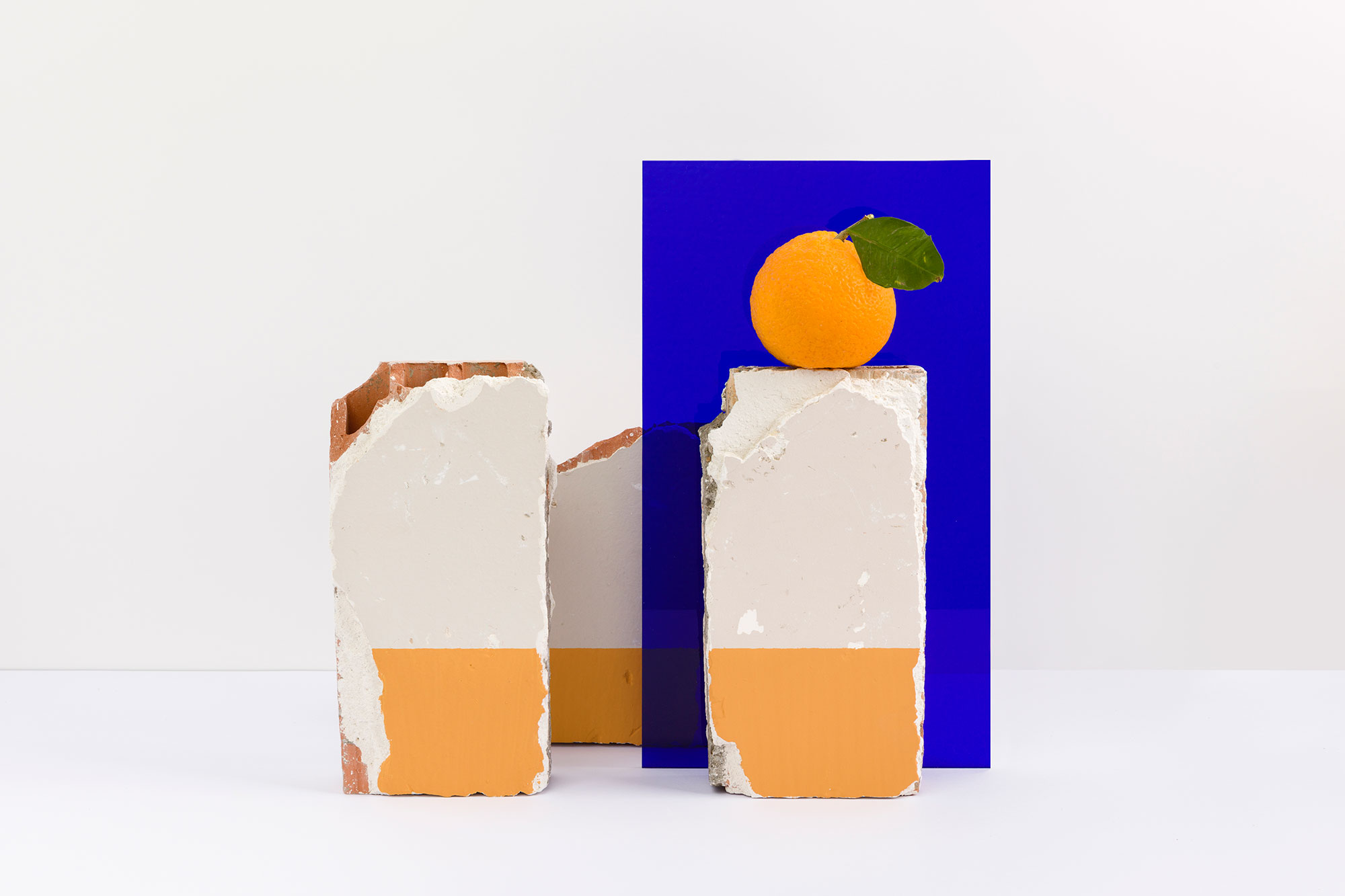
My family still lives inside the Alhambra since the 19th century. How can that be? The Alhambra is more than a palace: it was built in the 13th century as an independent city of Granada with a productive agricultural territory and it is still inhabited today. Do you want to know all its secrets?

Granada is a city built on hills, the oldest is the Albaicín one. From the highest point of the city we visit this emblematic neighbourhood, getting to know every corner traced by the water, its labyrinthine streets and its peculiar architecture. We finish at the Bañuelo, an 11th century hammam.

The Alhambra is not a palace, it was built as an independent city from Granada with its own agriculture area of 500 hectares (1. 235 acres). An old territory full of archaeological remains of country palaces, orchards and hidraulic systems. Do you want to discover the other side of the Alhambra?

Granada was taken in 1492 by the Catholic Monarchs, with a new government, different customs and a different way of life which required the town to be adapted. There were different urban strategies which are the basis of the centre of Granada today. Don’t you want know them?

With a Roman, Byzantine and Visigoth past, Cordoba was the most important city of al-Andalus until the 11th century. It has an important cultural legacy and a very interesting architecture. The Guadalquivir river has determined its urban landscape. Would you like to know its history and evolution?

A historic city built on the banks of the Guadalquivir, it was the main port of Spain and Europe during the 16th century and the site of two universal expositions. Seville has one of the largest old quarters on the continent and a rich heritage to visit.

40 minutes of consultancy to go over any doubts you may have about how to visit Andalusia, where to stay, how many days, what to see, what is alternative or different from the usual, where to eat, what to visit and how. We will answer all your questions in these 40 minutes.






